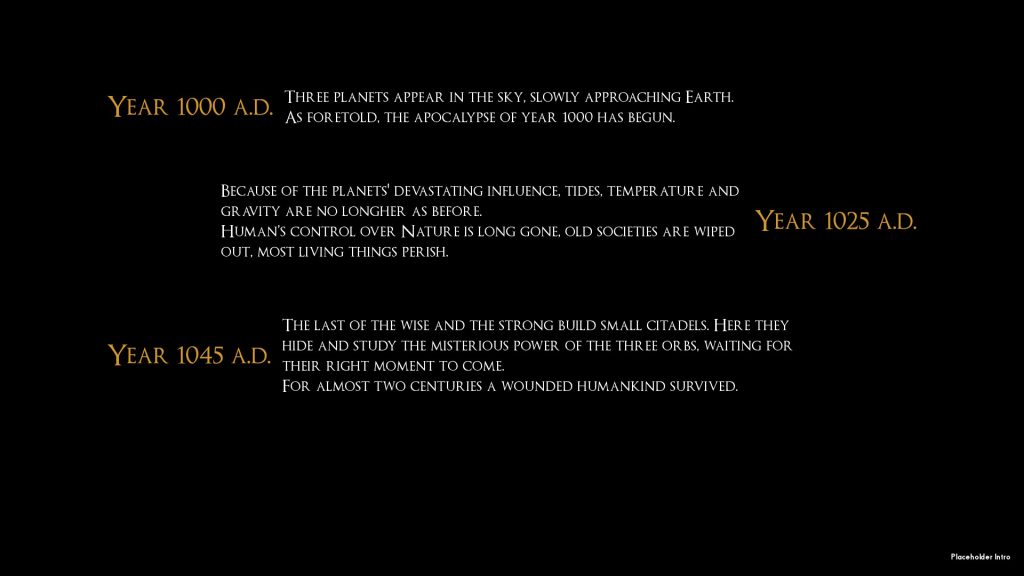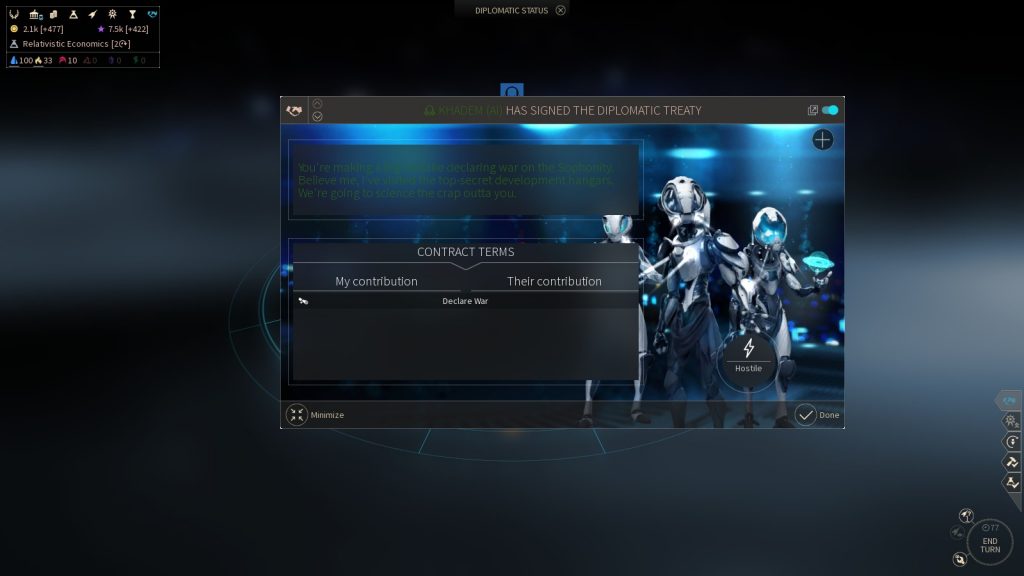Early Access Review: Downward
Source: Cashmoneys
Price: £6.99
Where To Get It: Steam
Version Reviewed: 0.47
Other Reviews: Release
You know what I really loved about Prince of Persia 2008? Collecting lightseeds. That was, hands down, the best part of that game. Sod smooth platforming, sod weird not-deaths, the lightseeds were totally the best part of PoP2008. Followed closely by the backtracking to get those powerups I need to progress.
That preceding paragraph is, of course, complete bullshit unless you replace “best” with “worst.” So you can imagine how I feel about the Skypieces in Downward, a game that tries to take the nigh effortless free running of Prince of Persia or Mirror’s Edge, the collectathons from a lot of platformers of my youth, and the posthuman mystery elements of modern science-fiction/fantasy.
It achieves the collectathon, I will give it that. So let’s start with the story!

“As you can see Bob, Wormwood, Great Cthulhu, *and* The Giant Meteor have a really good platform this year!”
It is the year 1125AD. Except it clearly isn’t, because there’s technology, and the world has split into weird shards, ala Gravity Falls, and somehow people survived. Except they didn’t, because they killed each other off. I would like to think, in the interests of black comedy, that the AD stands for “After Donald” (or, if you’re a Brit like me, “After David”), and it’s days instead of years. You are an artefact hunter, who suddenly finds himself talking to someone who is clearly not an AI in a crystal lattice, I want to make that clear right now, and begins collecting things because this will solve the mystery of what happened to humanity. Somehow.
The protagonist shows his colours by exclaiming what useless things the mysterious KeyCubes are, or just expresses confusion, after he has already collected something like 30 of them, from jumping puzzles, angry, highly pattern based golems, and just general fucking about. That’s just the kind of guy he is.
See, I’m not opposed to story justifying games. I’m not even necessarily opposed to bad story justifying gameplay. I am, however, opposed to jank. And jank, my friends, is what currently inhabits Downward. The Not-Lightseeds are used for unlocking powers. A good 90% of them are simple quality of life stuff, and the other 10% is the strangely thought out ability to trade the cost of Arbitrary Powergem Usage for placing teleporters, and teleporting to them for free, with the cost of sod all for placing teleporters, and costing Arbitrary Powergem Usage to teleport to them. Hrm. Infinite teleports to a limited number of places between refills (via fountains, which replenish health, gems, and stamina), orrrrr just four straight teleports, but I can choose where to place the endpoint infinitely…
…Already, I’m getting “the Not-Lightseeds can largely be ignored” and “I wasted 290 of them when I could have got more teleports.” Of course, by the point of this realisation, I had also realised that the space bar, used for most jump mechanics, doesn’t always chain like its meant to, and level placement of the parkour-able walls, some too low, some too high, some at awkward angles, meant that I couldn’t trust that chaining anyway.
I want to say “Hey, it’s Early Access, at least some of this will be fixed by release”, as it’s at version 0.47 at the time of writing, but… It’s not going to fix how arbitrary, how hollow it all feels. Whither golems? Wherefore strange crystal turrets? To what end Skypieces? I don’t feel I’ll get answers, I don’t really feel motivated to explore these (sometimes pretty) not-quite-Arabic, not-quite-Medieval worlds, to interact with the few characters that exist, or to grind my brain and fingers, time and time again, against a world that isn’t dragging me in, only pushing me away with mocking removal of Skypieces when I die, itself hollow because, as I’ve mentioned, they largely don’t matter.
What I’m basically saying is: The platforming is currently finicky and unfun, the story feels arbitrary, and the protagonist is a tabula rasa that has somehow gained the power of speech… To his detriment. I’ll take a look again at release, but for now… I’m not impressed.
The Mad Welshman picked up his trusty keyboard, the eldritch symbols of power etched upon its slabs. “Hrm, what’s this for?” he mused, as he used it to write these words.


















